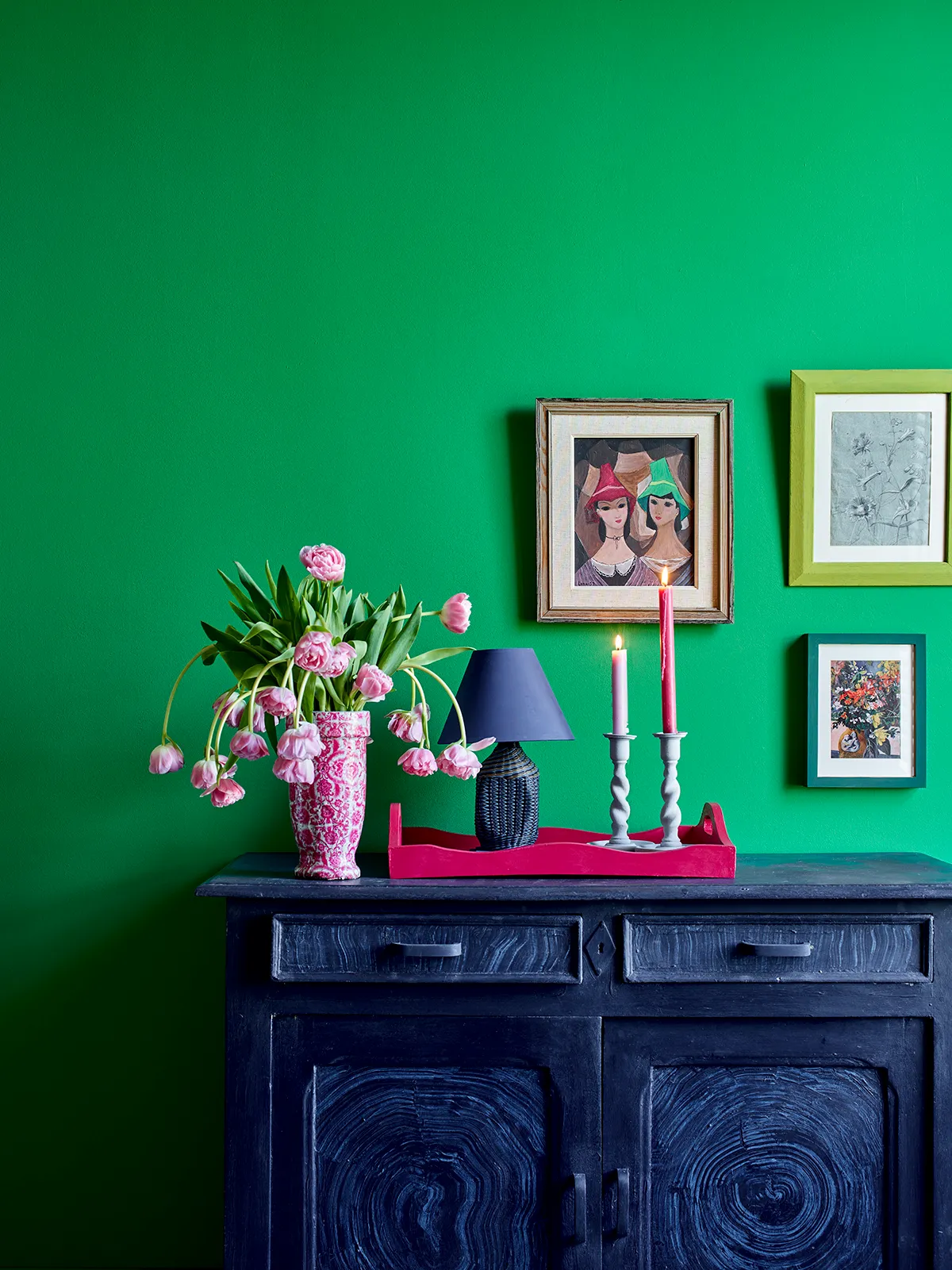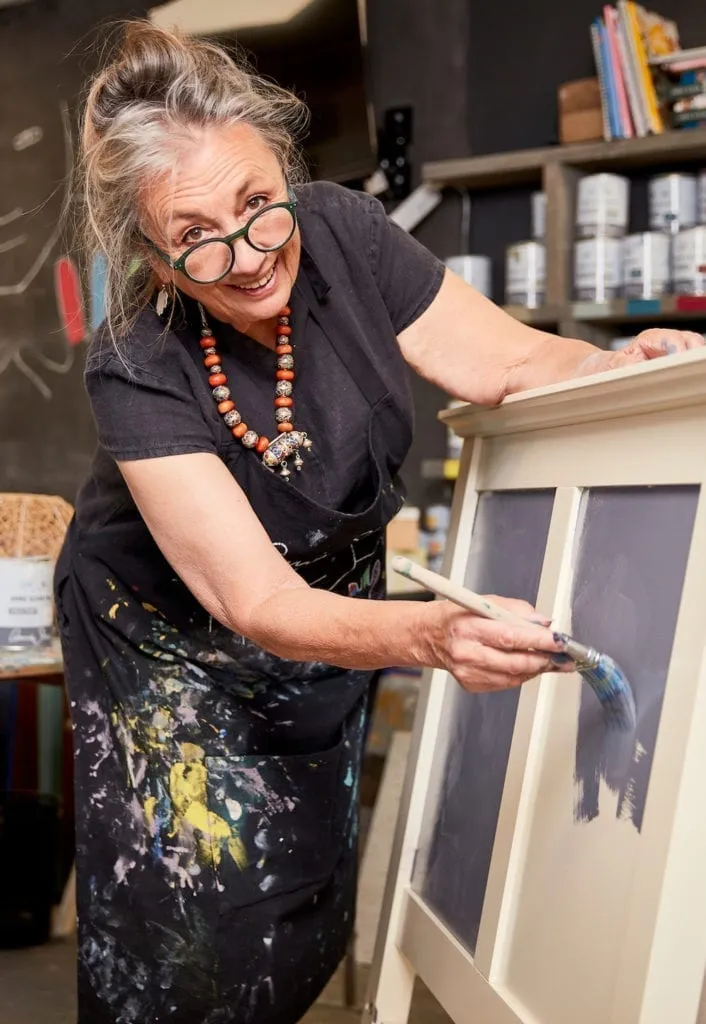Before buying anything brand new, make a trip to your local flea market or antiques dealer to see whether there are any bargains to be had. Chances are, you'll find some absolute gems – but some may need a little TLC, while others will need a lick of paint to bring them into the 21st century and help them sit alongside the more contemporary pieces in your home. Here, we explain how to upcycle your antique furniture – and where you should be careful.
Top tips for upcycling antique furniture and homeware
A fresh coat of paint is a quick and effective way to give anything a new lease of life...
Decide what style you want – and stick to it!
Make sure whatever style you choose for the upcycled item suits your home and your personality. Trying to do too much on one piece is an easy mistake to make.
Choose unexpected paint colours
Paint something neutral on the outside and then add a flash of vibrant colour on the inside. It'll make you smile every time you open a drawer or wardrobe.
Need inspiration? Have a read of our guide to the best Chalk Paint colours for upcycling furniture.

Get the piece valued first
Before performing any irreversible alterations, get the piece valued. If you think it might have a greater appeal to someone else, by all means sell or pass it on.
Be aware that with all antiques, any changes will have an impact on value. For this reason, it's important to exercise a little caution: ‘Get the piece valued before you start,' warns Theodora Burrell, specialist in Fine Furniture and Decorative Arts at Lyon & Turnbull. 'If the market has really fallen away, it’s better to upcycle something than let it go to waste.’
Proceed with caution
Don't drill holes in anything that doesn't belong to you. But, if it does and you have a creative vision, go for it: make that piece earn its place in your home.
You may also like
When should you upcycle antique furniture?
If a piece of antique furniture is likely to be thrown away anyway, you might as well try and upcycle it, arguesTheodora Burrell, specialist in Fine Furniture and Decorative Arts at Lyon & Turnbull. ‘If you want to paint a Victorian chest of drawers that’s only going to make £100 at auction, or might be chucked out, then go for it.’
Although people have strong opinions about what’s OK and what’s not when it comes to upcycling, it's mostly fine to upcycle anything within reason – as long as you're able to reverse what you've done if it goes wrong. That said, there are some antiques you should probably avoid upcycling entirely.
'I would never over-paint a Georgian mahogany piece or a Regency rosewood item. The veneers are precious and beautiful, and you’ll strip away value if you do that,' says Burrell.However, she regularly sells early 19th-century candlesticks that have been converted into lamp bases. ‘It’s a clever use of the items. Let’s face it, we use table lamps every day and we light candles much less often.’ Likewise, ceramic vases sometimes have holes drilled into their bases to house wires for the same purpose. It’s not uncommon to find desks and chests of drawers with later, replacement handles, or Georgian cabinets with Victorian marble tops.
Annie Sloan is of the same opinion: ‘So often we’re told it’s sacrilege to perform any adjustments on furniture, but I’m certain your great-grandparents would prefer you to love their old dresser rather than simply lumping it!

